On April 18, 2025, the high-level academic conference "The Game Changer — 045 Flow Diverter Guard Technology Launch & Master Forum on Flow Diverter Treatment of Complex Aneurysms with Mechanical Balloon" was successfully held as part of the 22nd China Forum on Cerebrovascular Disease (CFCVD2025). This session focused on the application of innovative access technologies and explored the clinical use of flow diverters in complex cases. Experts jointly envisioned a new blueprint for the neurointervention field, contributing their insights to promote academic advancement and technological innovation.
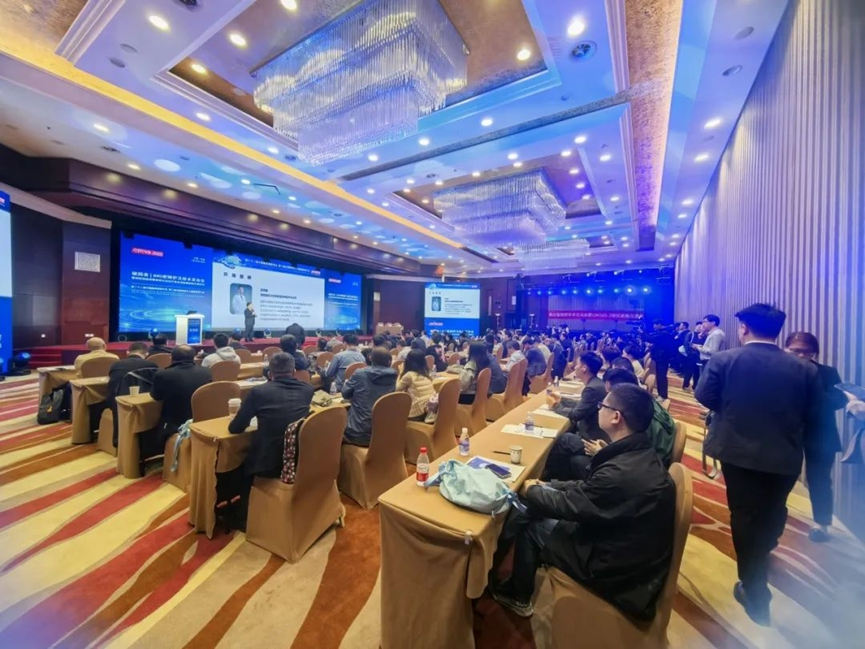
Opening Address
Innovating Through Tradition, Advancing Precision in Cerebrovascular Interventions Together
Prof. Zhang Hongqi, chairman of the conference, stated that since the introduction of flow diverters in hemodynamic therapies, AccuMedical has brought innovative products demonstrating unique advantages in clinical practice. With the support of advanced catheter systems, flow diverter deployment has become simpler. All types of flow diverters emerging on the market reflect the principle that clinical demand drives technological innovation. While maintaining its core competencies, AccuMedical continuously launches new technologies to make neurointerventional procedures easier, more accessible, and more precise. Looking forward, with collective efforts, neurointervention and interventional technology will continue to break new ground, jointly advancing the precision of cerebrovascular intervention.
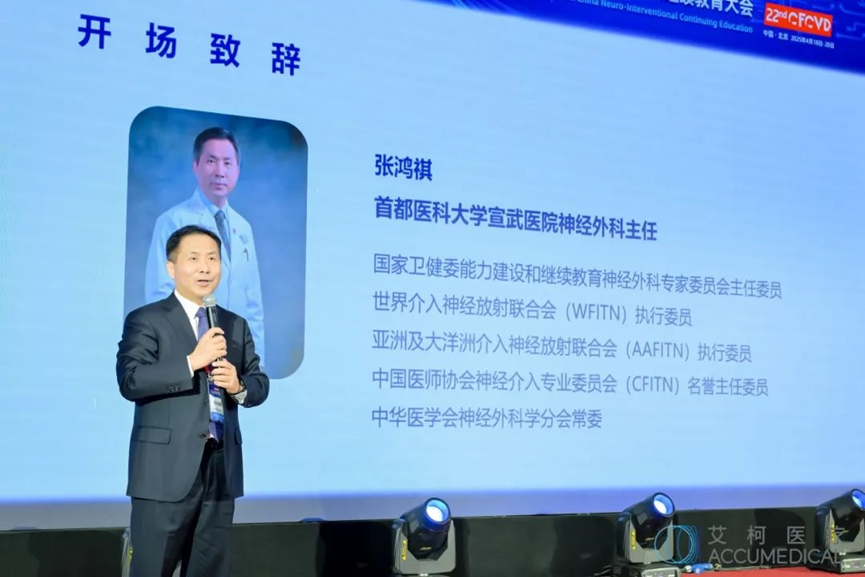
Zhang Hongqi, Xuanwu Hospital Capital Medical University
PART I
045 Flow Diverter Guard Technology for Complex Aneurysms
Revolutionizing Access, Enhancing Clinical Outcomes
cosine45 Intermediate Microcatheter – A new option for 045 Flow Diverter Guard!
This session was co-chaired by Prof. Chen Zuoquan (Tenth People's Hospital of Tongji University), Prof. Gu Yuxiang (Huashan Hospital Fudan University), and Prof. Yang Xinjian (Beijing Tiantan Hospital, Capital Medical University).
1. Key Factors for Precise Flow Diverter Deployment
Both Prof. He Chuan (Xuanwu Hospital Capital Medical University) and Prof. Liu Lian (Beijing Tiantan Hospital, Capital Medical University) emphasized that access support and stability are critical for precise deployment. The 045 Flow Diverter Guard Technology addresses these issues well. For instance, when treating an A2 segment anterior cerebral artery aneurysm, traditional access is challenging, while cosine45 can directly reach the A1 segment, offering strong support and stability at the aneurysm neck and tortuous vessels, preventing stent displacement or poor wall apposition.
2. Ideal Partner for Complex Aneurysms
Prof. Liu Lian shared a case involving Lattice combined with cosine45 for treating a giant aneurysm. In this case of tortuous parent artery, the cosine45 intermediate catheter’s design allowed for smoother dual Lattice deployment and apposition.
3. Excellent Compatibility
Prof. He Chuan noted that traditional access often involves time-consuming device exchanges. The 045 Flow Diverter Guard Technology minimizes such issues and enables safer deployment of the flow diverter when coaxially positioned with a 27 microcatheter.
4. Radial Approach Optimization
Prof. Zhong Shu (Guangxi Hospital Division of The First Affiliated Hospital, Sun Yat-sen University) highlighted that cosine45 is highly suited for radial flow diverter deployment due to its superior flexibility, kink resistance, and distal reach. It easily traverses the aortic arch and provides stable support, greatly facilitating the procedure.
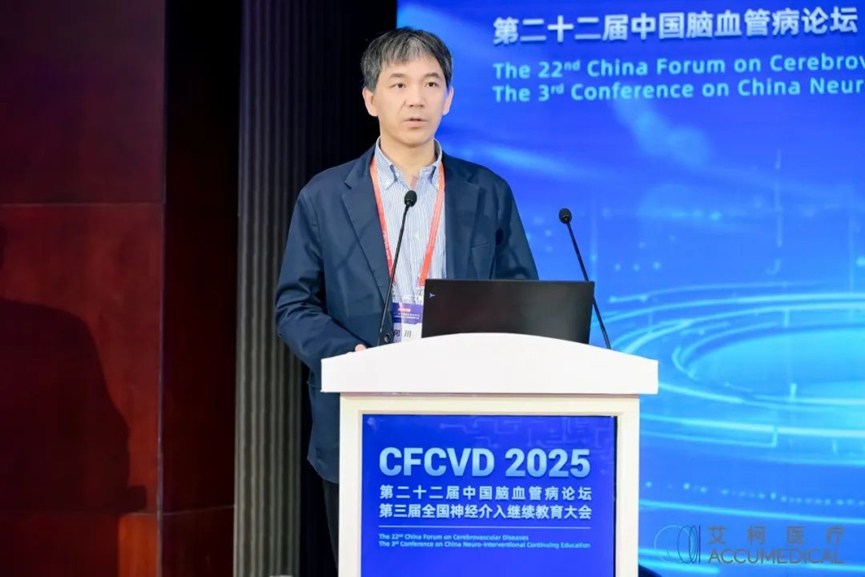
He Chuan, Xuanwu Hospital Capital Medical University
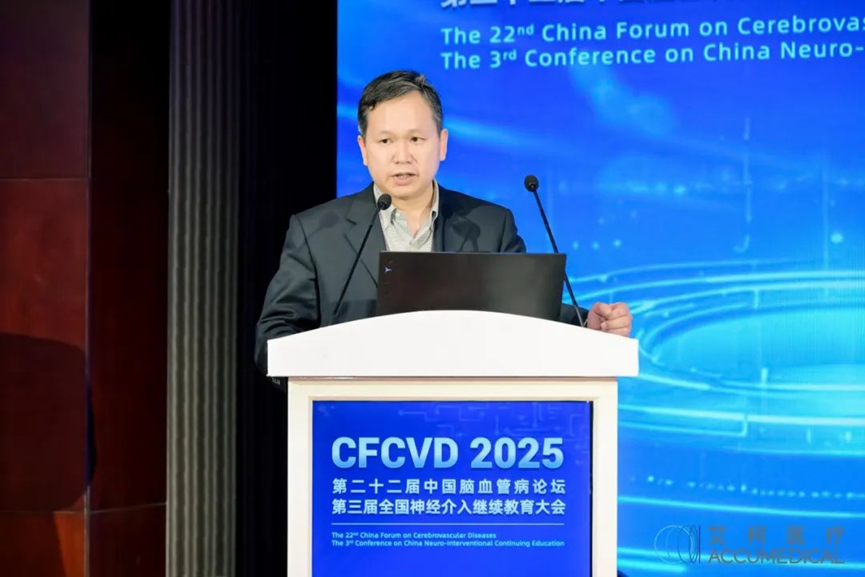
Zhong Shu, Guangxi Hospital Division of The First Affiliated Hospital, Sun Yat-sen University
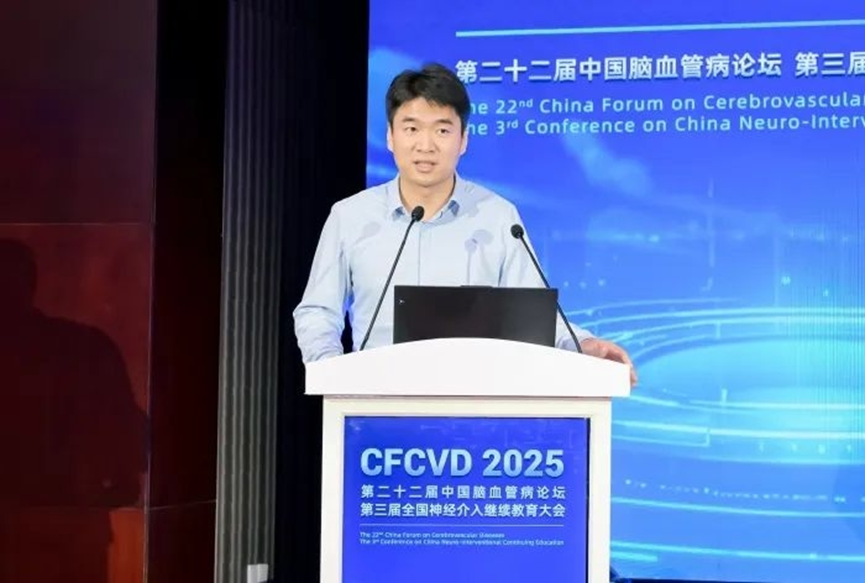
Liu Lian, Beijing Tiantan Hospital, Capital Medical University
In the first panel discussion, the guest panelists engaged in a lively conversation with the speaker on the following topics:
1. Distal Flow Diverter Deployment
Prof. Qi Peng (Beijing Hospital) discussed with Prof. He Chuan the use of the cosine45 in scenarios involving deployment of the flow diverter at the A1 segment using a 17 microcatheter. Prof. He Chuan noted that navigating a 27 microcatheter through the flow diverter in this region could be challenging, making the 17 system a more suitable choice. Among various intermediate catheters, the cosine45 offers better compatibility with the 17 system, ensuring smoother delivery. He further emphasized that the cosine45 supports surgeons in establishing access to complex distal aneurysms, laying a solid foundation for successful procedures.
2. Discussion on Support Performance of Flow Diverter Deployment via Radial Access
Prof. Wang Dengliang (The First Affiliated Hospital of Fujian Medical University) stated that radial access for aneurysm treatment is increasingly mature, and cosine45 provides improved support and stability compared to traditional intermediate catheters.
3. More Possibilities for Access Combinations
Access combinations are highly variable, and the role of intermediate catheters differs across clinical scenarios. Prof. Chen Zuoqian (Tenth People's Hospital of Tongji University) and Prof. Liu Lian shared their views on using 6F/5F intermediate catheters following either an 8F guiding catheter or a 6F long sheath. Using the cosine45 intermediate catheter within a 6F system provides greater stability in establishing the access pathway, though it may also increase resistance during system advancement. In practical application, however, the support strength of cosine45 indeed helps to mitigate this issue. Prof. Cheng Meixiong (Sichuan Provincial People’s Hospital) discussed the access strategy for FD+Coil dual systems with Prof. Liu Lian.
Prof. Zhou Xiaobing (The First Affiliated Hospital of Nanchang University) pointed out that releasing a flow diverter—especially those made of cobalt-chromium alloy—requires a more supportive access system. Currently, their center predominantly uses 6F systems, but the advent of the innovative 4.6F cosine45 intermediate catheter allows for better assistance in deploying flow diverters in distal aneurysms and in techniques such as the “Trojan Horse” method. Prof. Wang Yang (Beijing Chao-Yang Hospital) explored the possible applications of cosine45 in terms of its length, and Prof. Hu Xuebin had an in-depth discussion with Prof. Liu Lian about a complex aneurysm bridging case using a flow diverter.
Finally, Prof. Wang Jun (Chinese PLA General Hospital) shared insights through a clinical case using cosine45: treating a large A3 segment aneurysm with a flow diverter, supported by the 045 Flow Diverter Guard technique. The system facilitated smooth microcatheter positioning. During microcatheter retraction for releasing an intrasaccular flow-disruption device, cosine45 provided stable support for the entire system.
After this engaging first discussion session, Prof. Yang Xinjian (Beijing Tiantan Hospital, Capital Medical University) concluded that the cosine45-enabled 045 Flow Diverter Guard technique is poised to become a powerful tool for treating distal aneurysms, complex aneurysms, and facilitating flow diverter deployment via radial access. It offers a new option and future direction for aneurysm treatment.
PART II
Lattice for Complex Aneurysms
Case Studies and Experience Sharing
Untangling Complexity — Expanding the Possibilities of Flow Diverter Therapy
Chaired by Prof. Li Tianxiao (Henan Provincial People’s Hospital) and Prof. Wang Jun (Chinese PLA General Hospital).
1. Representative Cases & Core Challenges
Prof. Zhang Qingrong (Drum Tower Hospital, Nanjing University) presented a case of intracranial aneurysm during pregnancy, managed with stage-one coiling and stage-two Lattice implantation after ethical discussions.Prof. Dong Yushu (Northern Theater General Hospital, PLA) performed awake treatment for a right A2 segment aneurysm, testing both stent delivery and opening performance.
2. Treatment Strategy & Technical Advantages
Prof. Feng Jun (Union Hospital, Tongji Medical College, Huazhong University of Science and Technology) presented a case of vertebral artery dissection aneurysm treated with Lattice. Accurate placement was critical to avoid basilar artery impact. Post-deployment angiography showed smooth blood flow and good wall apposition, highlighting Lattice’s precise positioning capability.
3. Dual-Stent X Configuration
Prof. Chen Wenhuo (Union Hospital, Fujian Medical University) and Prof. Chen Fajun (Guangdong Provincial Hospital of Traditional Chinese Medicine) each shared cases involving X-shaped dual Lattice stents for anterior communicating artery aneurysms. The aneurysms were fusiform, involving both A1 and A2 segments bilaterally, with wide necks and irregular morphology. A Type III arch and tortuous paths made simple wire navigation difficult. The X-shaped dual-stent strategy ensured effective treatment and reduced procedural difficulty.
4. Clinical Outcomes & Follow-Up
Prof. Chen Fajun presented single-center Lattice follow-up data. Compared to other FDs, Lattice showed clear advantages in delivery, retrievability, and model diversity. Among 30 patients, 33 aneurysms, and 34 stents, most aneurysms showed complete occlusion or marked improvement at 1, 6, 9, and 12-month follow-ups. Restenosis was rare, with few complications, and most patients had good postoperative recovery.
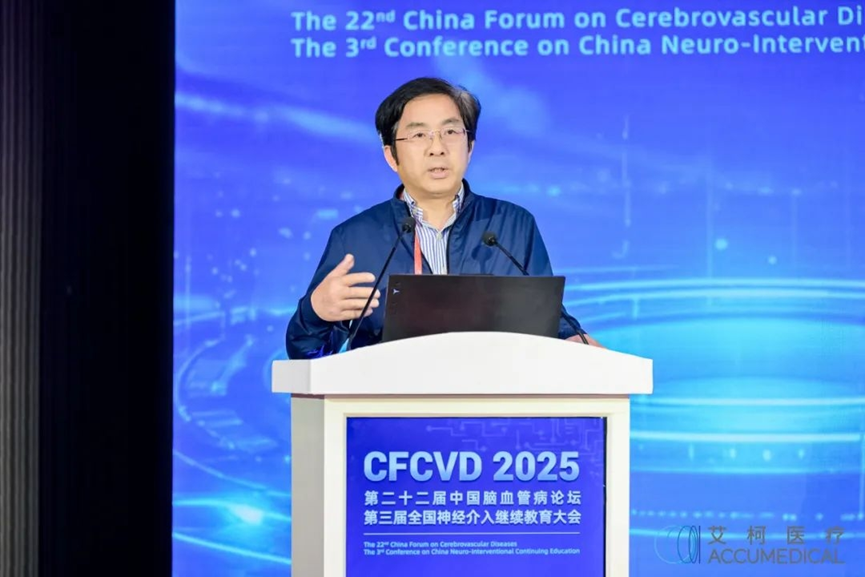
Zhang Qingrong, Drum Tower Hospital, Nanjing University
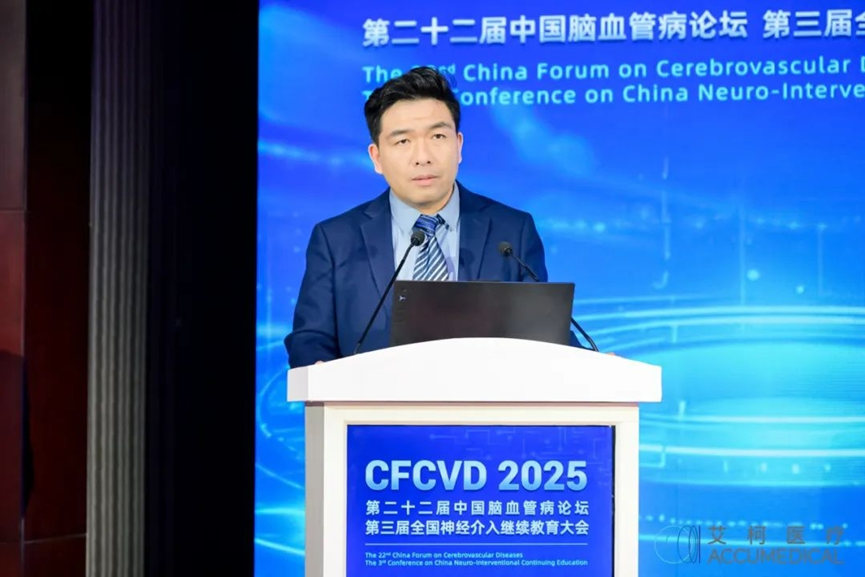
Dong Yushu, Northern Theater General Hospital, PLA

Feng Jun, Union Hospital, Tongji Medical College, Huazhong University of Science and Technology
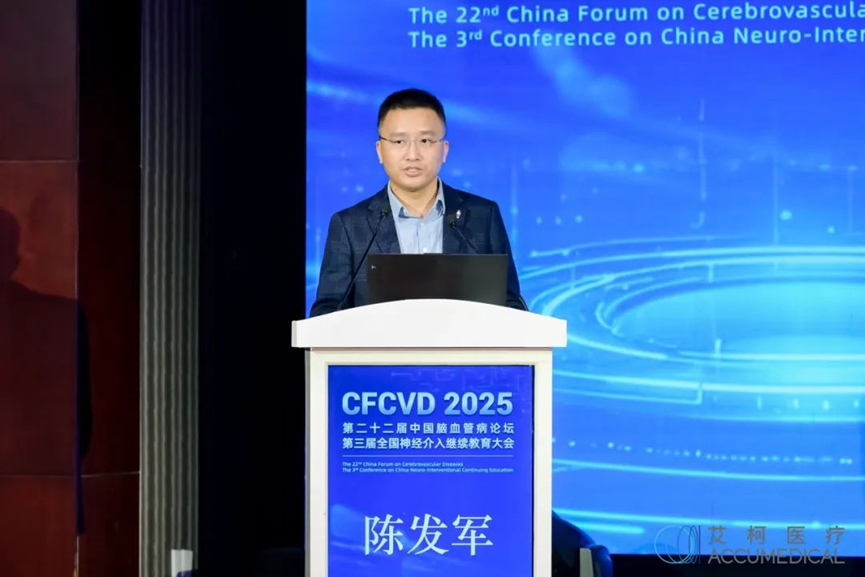
Chen Fajun, Guangdong Provincial Hospital of Traditional Chinese Medicine
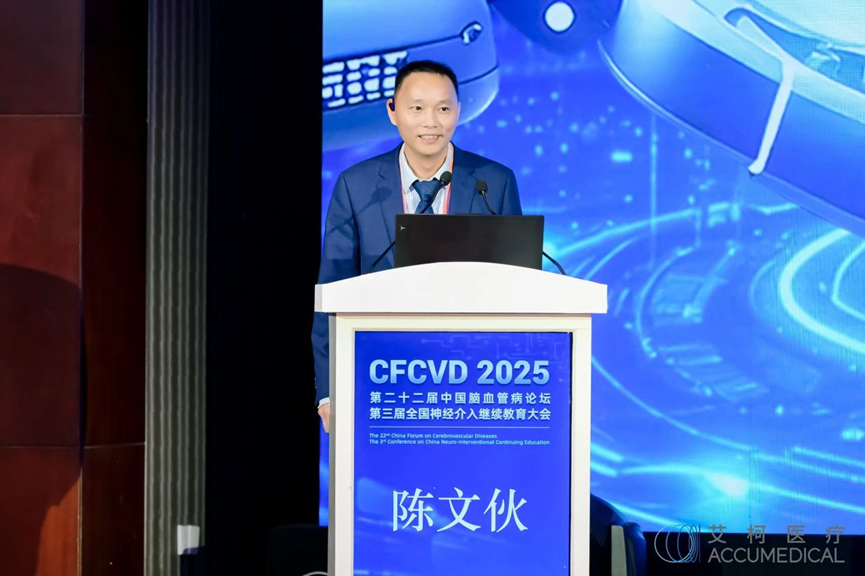
Chen Wenhuo, Fujian Medical University Union Hospital
Following the impressive case presentations, the second discussion session featured a lively and intense exchange between the guest panelists and the speakers.
Prof. Bai Peng (First Affiliated Hospital, Kunming Medical University) commented on the pregnancy case, suggesting interventional options to preserve pregnancy. Prof. Wang Yunyan (Qilu Hospital, Shandong University) addressed dual antiplatelet concerns. Prof. Gao Ge (First Affiliated Hospital, University of Science and Technology of China) discussed a vertebrobasilar dissection case, advocating minimal stent usage to avoid complications.
Experts debated X-shaped deployment techniques:
Prof. Gao Ge praised X-configuration for complex anterior communicating aneurysms, emphasizing surgical completeness as key. Prof. Wang Yunyan noted deployment difficulty determines X vs. H configuration. Experts debated catheter placement timing — bilateral vs. sequential.
Prof. Li Tianxiao and Prof. Chen Fenghua (Xiangya Hospital, Central South University) discussed indications and contraindications. Prof. Feng Jun emphasized contraindications and summarized Lattice’s broad indications, covering both anterior and posterior circulations.
Prof. Li Xifeng (Zhujiang Hospital, Southern Medical University) noted that Lattice’s mechanical balloon allows in-situ deployment and precise positioning—an exciting innovation worth broader adoption.
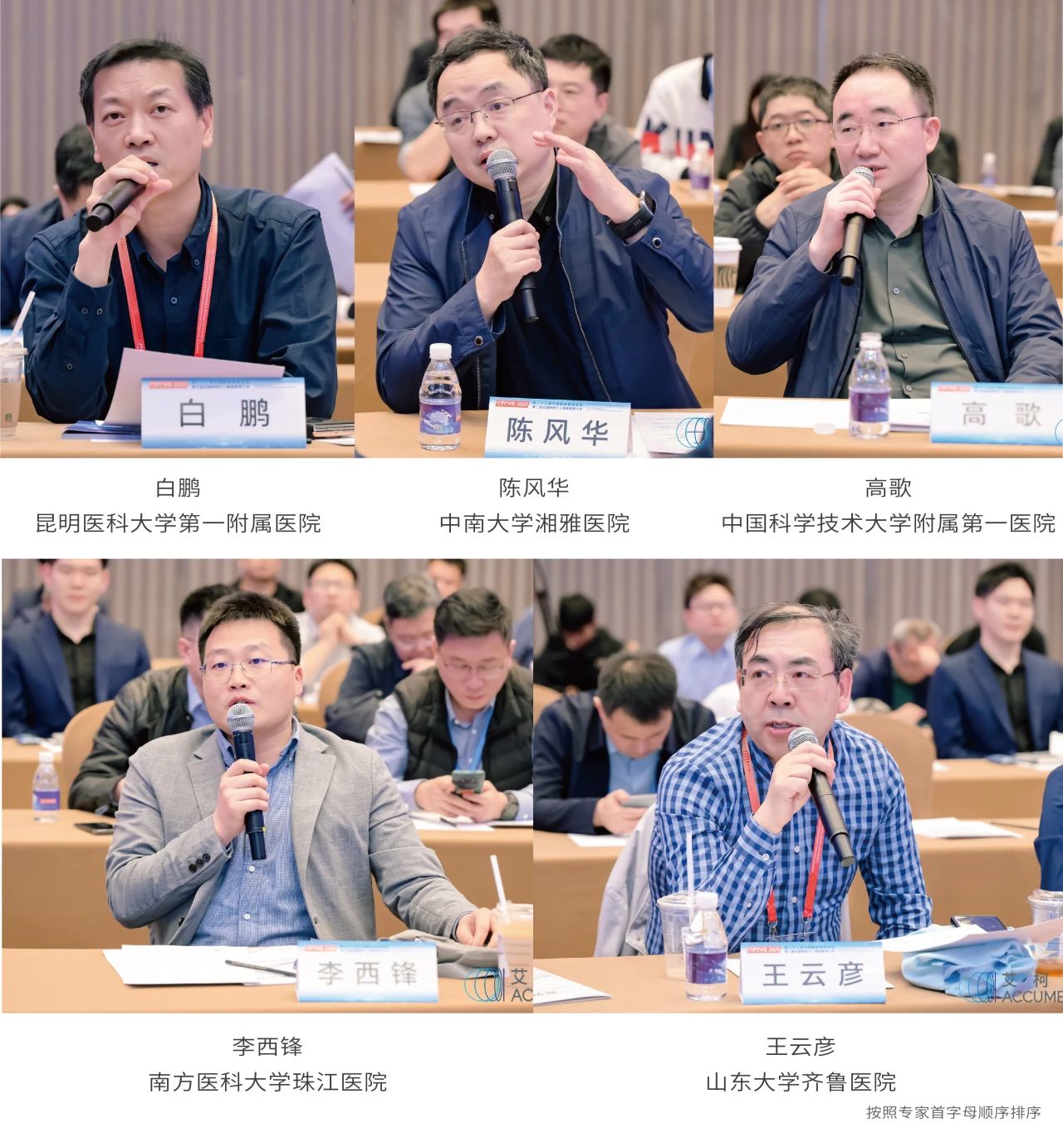
Prof. Wang Jun concluded that in aneurysms with stenosis, Lattice’s cobalt-chromium structure proves effective. In vertebral artery cases, the balloon-assisted stent opens without jumping, enhancing surgical safety. These shared experiences have furthered academic exchange and technical progress, offering vital clinical reference in the neurointervention field.